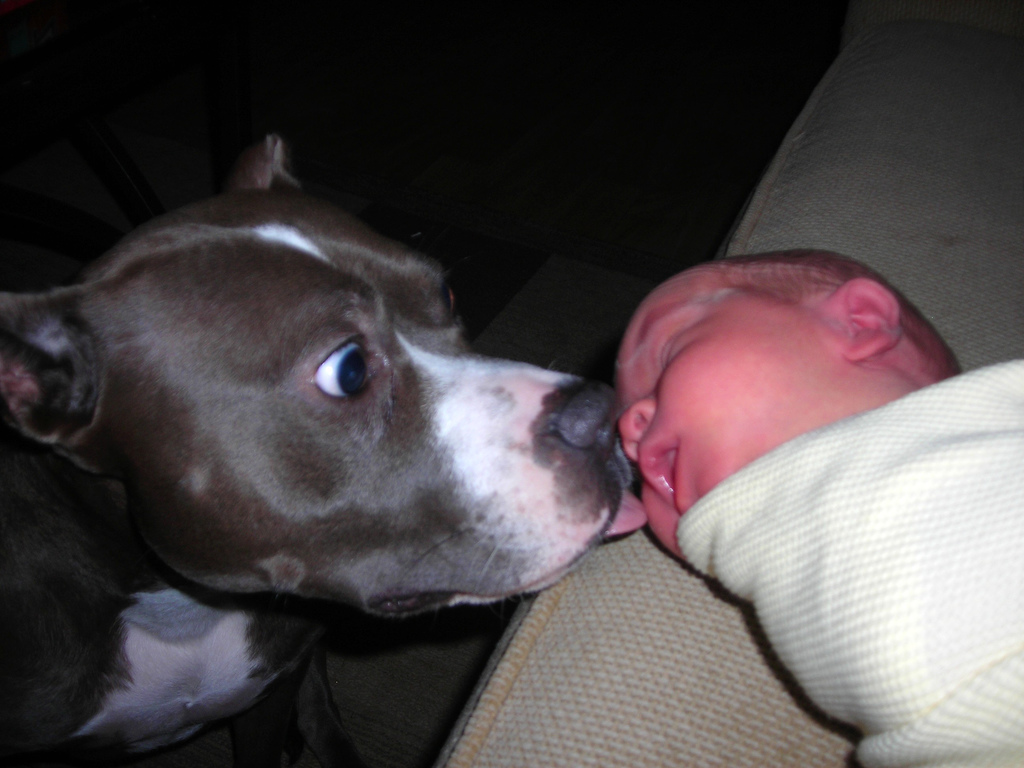

My baby is three months old, and he already seems to understand the world around him. The coffee machine (known as the coffee robot in our household) makes a grinding and pressing noise, which no longer startles him. The holiday tree, which has only been up for a week is a source of constant delight.
For infants, the world is a place where things often happen to them. They are picked up, or their diaper is changed, or they’re shuttled into a car seat for a journey to a friend’s house. But even though babies aren’t so much actors in the stageplay of their lives, they still glean an astounding amount of information from the world around them.
Lisa Oakes, a UC Davis development psychologist, says that the theory that babies are as blob-like as potted plants, has taken years to fall away. In 2008, she found that 4-month-old babes who had pets at home were learning about these pictures in a different way than babies who didn’t have pets. “It was pretty amazing that they could already recognize cats and dogs, even though they’re not out in the world crawling,” says Oakes.
She says that development psychologists think babies’ experience is important, “but we don’t have any control over that experience,” says Lisa Oakes. When she moved from Iowa to Davis, California, she noticed that in her new hometown, there were a lot of animals. Around 60% of babies coming into the lab had a pet at home, and she wanted to take advantage of the natural experiment in her laboratory. “So even though I fell into it, this really gave us an opportunity to study how experience is shaping cognitive development at a very early age,” says Oakes.
In a new study, Oakes used eye-tracking technology to figure out precisely where babies were looking when they viewed pictures of cats and dogs. She found that babies living in homes where a dog or cat was present would look at the head of an animal, whereas babies in homes without pets would view the whole shape equally. The paper will be released soon in the Journal of Cognition and Development.
She explains that babies quickly learn from observation that the action is in the head and the face, which makes them more likely to look at those parts of the pictures. Oakes says that babies without pets are learning just as much — just about different things. “This type of early learning doesn’t happen with 10 minutes of French once a week,” she says. “It’s about repetition, familiarity and constant exposure to something.”
Other research shows that babies don’t hone in on races until later in life. The “other race effect” means that people have an easier time recognizing faces of our race than others. 4-month old babies still treat faces from all races the same, but by 8-10 months, they have specialized and focused in on their own race (or the race of their caregiver). Oakes says she hopes to do a future study examining how mixed-race babies develop the other race effect.
“In those first few months of life, babies barely seem to be there, which is why we’ve developed this view of babies as passive,” says Oakes. “But it’s really remarkable that the infants we’re studying already have been shaped by their life experience, even if it’s short.”
